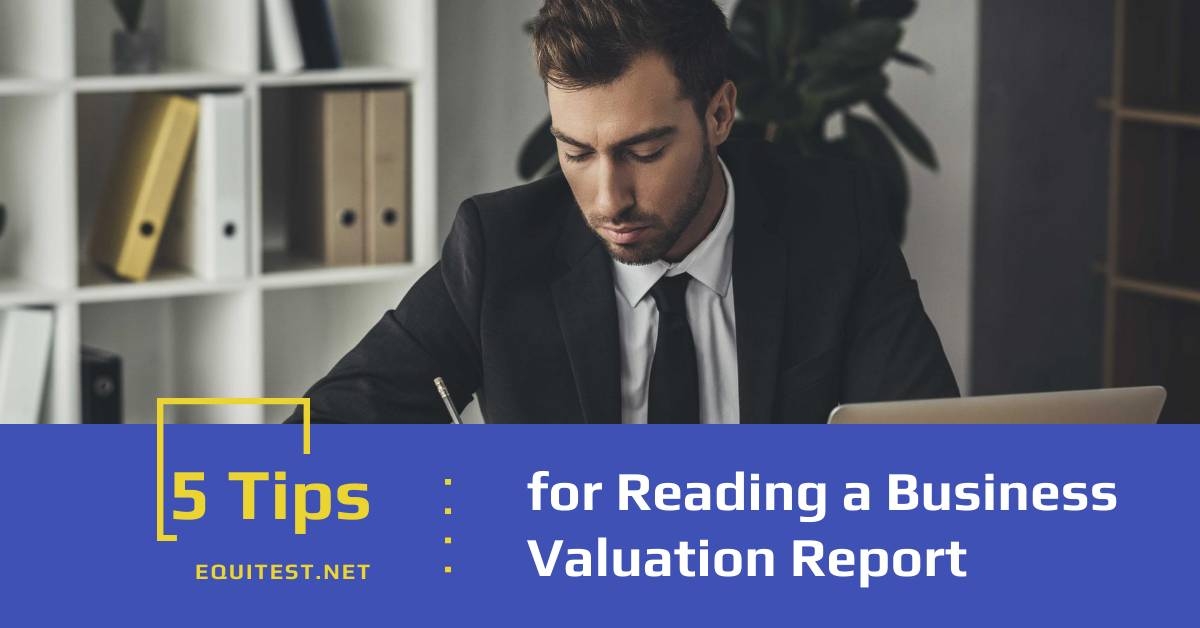5 Tips for Reading a Business Valuation Report
MediaBusiness valuation is a complex field. It requires a deep understanding of finance. We found it appropriate to bring 5 tips to help read a business valuation report. Let's start.
Here are the best 5 tips we could think of.
Tip #1: What Does the Business Valuation Report Include?
A business valuation report should include not only the value of the company but also insights into the business. That's why our first tip is to look at the report.
Did you only receive an Excel file or a table with numbers, or did you receive a several tens of pages long report?
Even if you don't understand anything written in it - you can still be impressed by the report's seriousness.
Tip #2: Is There a Financial Analysis for the Company?
Just as important as the final number, showing the value, the question - what the appraiser has learned about the company - is essential. Is the company stable or not? That's why it's important to read the financial analysis section of the valuation report. After all, what good does it for you if the company is worth a million dollars today but has a 50% chance of going bankrupt in a year? You can learn about that from the financial analysis section of the company.
Tip #3: How did the appraiser construct the assumptions of the financial model?
It is necessary to examine in depth how the appraiser concluded regarding the parameters used for the valuation. Valuation depends on the parameters that form the basis for the valuation - the growth rate, the capitalization rate, the financial leverage, and more.
Read the appropriate chapter. Look for a detailed explanation explaining the origin of how each of the parameters. Test if the appraiser writes that he makes assumptions from different assumptions. For example, does he assume that the growth rate is 5%, the discount rate is 10%, and the financial leverage is 1.5?
If only the values of the parameters are indicated without an explanation - this should turn on a red light.
Tip #4: What is the Reson?
There are different evaluation methods. One of the parameters that can affect the company's value is the valuation method used to estimate the value.
It is recommended to find which method was used to evaluate the company - is it an asset-based valuation? Is it the discounted cash flow method (DCF) or the relative valuation approach? More important than the method is the reason. Look for the reason why a certain valuation method was used.
Given that you find the valuation method and the reason for the choice - ask yourself if there is any logic.
Isn't there any logic? It is a red light!
Tip #5: Is it Reasonable?
Most business valuations will be carried out using the discounted cash flow method. With this method, the appraiser forecasts the financial future of the company.
Look for the financial model, and check the sales in the last forecast year. Compare the yearly income with the current-year sales of public companies in the same industry. Public companies publish their financial statements to the public, and it is easy to see the level of their annual sales.
What is the difference between the two? According to the financial model, the scope of sales of the evaluated company is the same as that of public companies? If so - think twice if it makes sense. Depending on the company and the individual case, it may and may not.
Conclusion
If you are looking for a quick and reliable way to test the value of a company - you are welcome to use Equitest - an AI Business Valuation Software. Start for Free by clicking here.
Related items
Media
(To unmute the video clip, click the video)


